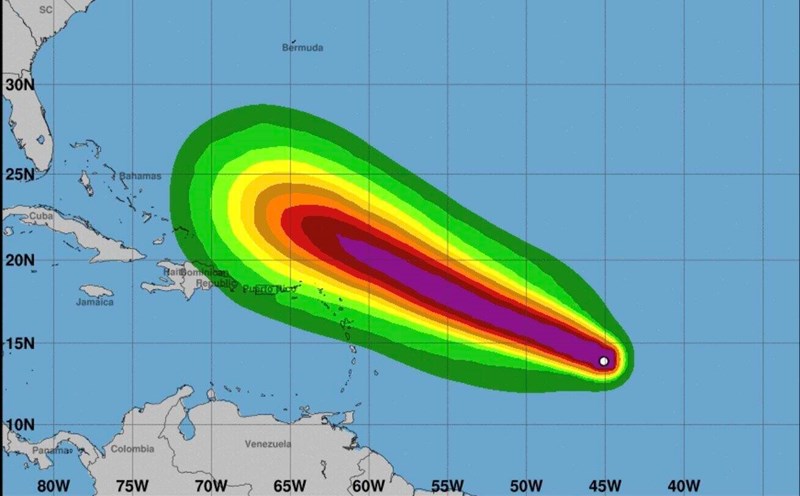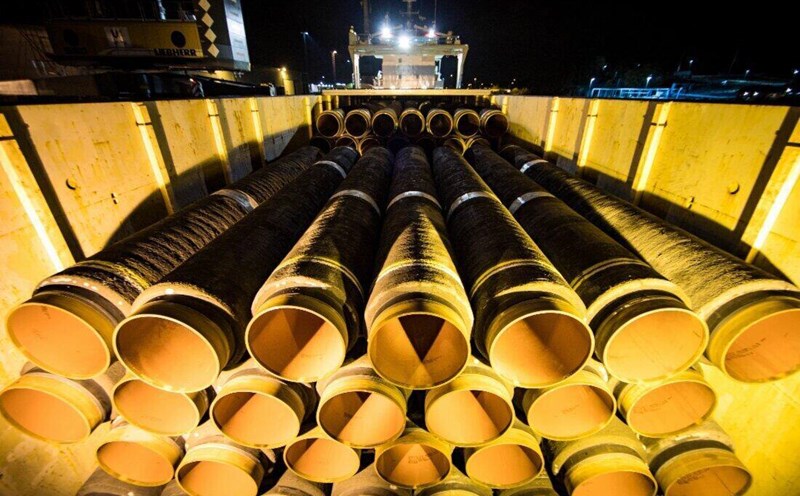The latest storm news from clickOrlando.com says that there are only more than 2 weeks left until the Atlantic hurricane season enters, officially starting from June 1. However, Typhoon No. 1 may appear before June 1.
Early storms and tropical depressions often form in areas such as the western Caribbean Sea, the Gulf of Mexico and along the southeastern coast of the United States.
Since 1851, there have been 43 systems with sustained winds of 63 km/h or more forming between January 1 and May 31 in the Atlantic basin, according to the National Oceanic and Atmospheric Administration (NOAA) historical databank on storms. This means that an average of one storm forms early every four years.
The last time a subtropical storm was not named appeared was in January 2023. The storm formed on January 16 and lasted until January 17, making landfall on the northeastern shore of Nova Scotia before weakening into a low pressure area.
From 2015 to 2021, at least one storm will be recorded that formed before June 1. In the past decade, there have been only two years - 2022 and 2024 - without storms.
The 2025 hurricane season forecast from the Colorado State University (CSU) research team predicts that there will be 17 named storms, of which 9 have reached typhoon level and 4 are likely to become major hurricanes. That's well above the 30-year average of 14 named storms, seven hurricanes, and three major hurricanes.
As the Atlantic hurricane season approaches, another personnel crisis is occurring at the US National Weather Service (NWS).
The Washington Post reported that some of the NWS offices are lacking staff to the point that the agency has to propose paying travel expenses to any staff willing to move to work in locations with less staff.
As of the May 27 deadline, NWS needs to urgently recruit 155 locations, including key weather forecasters in coastal areas of Texas and Louisiana, which could soon respond to storms as the Atlantic hurricane season begins in the next few weeks.
NOAA - the managing agency of NWS - is also calling on many meteorologists to move to offices in Alaska and the northern Delta such as Nebraska, Wyoming and South Dakota.
It is estimated that about 500 NWS employees out of a team of 4,200 people have retired early or been fired this year.
The positions that need to recruit personnel include 76 meteorologists, including forecasters and those who operate 122 forecasting offices nationwide. In addition, there are technicians and analysts who play a key role in maintaining the operation of the agency's radar and computer systems.











